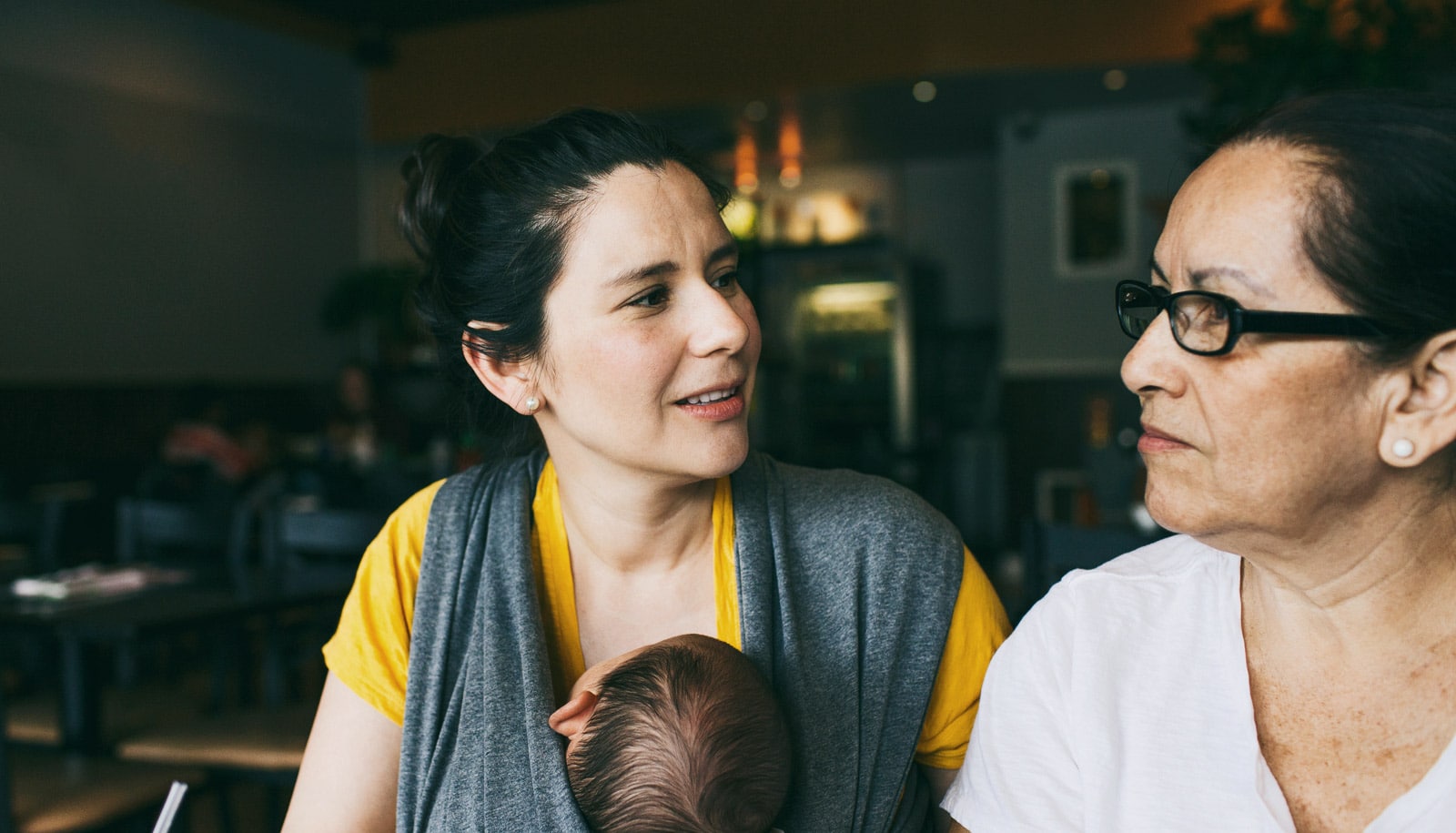New research links tension with our mothers or siblings to symptoms of depression in midlife.
…tension between mothers and adult children was a stronger predictor of depression for daughters than it was for sons.
Relationships with our mothers and siblings change as we become adults and start our own families, but the quality of those relationships still has an effect on our well-being.
The research, published in the journal Social Sciences, found the relationships a person has with siblings, mothers, and spouses have a similar effect on well-being and one is not stronger than another.
“Family scholars have focused a lot on the relationship we have with our spouse,” says Megan Gilligan, an assistant professor of human development and family studies at Iowa State University. “There is this assumption that as you go through your life course, you leave these other relationships with your parents and siblings behind, but you don’t. You carry those with you.”
The relationship between mothers and daughters is even more significant. The research shows tension between mothers and adult children was a stronger predictor of depression for daughters than it was for sons. However, gender did not make a difference in relationships with spouses and siblings. Gilligan says this makes sense based on her previous research.
“We know that mothers and daughters in adulthood have the closest relationships and also the most conflictual. These are really intense relationships,” she says. “Later in life, adult children start providing more care to their parents, and daughters in particular are often caregivers for their mothers.”
Midlife is often characterized as stable and uneventful, but in reality, it is a time of change and transition for many people, Gilligan says. For example, adult children may be leaving the house and aging parents start requiring more care. Additionally, researchers know that midlife adults often react more strongly to family conflict than older adults do.
While there is a great deal of research on young families and family dynamics later in life, there is a gap at midlife, Gilligan says. Given the potential for greater conflict with mothers or siblings related to these midlife changes, it is important to understand the consequences of negative relationships on our psychological well-being.
“Midlife is a time when siblings are often coming back together as they prepare and navigate care for parents,” she says. “For that reason, it’s a pivotal time when these family relationships might be experiencing more tension, more strain, more discord.”
Caregiver stress can shorten dementia patients’ lives
The research team used data collected through the Within-Family Differences Study. Their analysis included 495 adult children within 254 families. For a majority of families, multiple siblings participated in the study.
Researchers measured depressive symptoms and tension among family members through survey questions. They controlled for race, gender, and education.
In the paper, Gilligan and her colleagues explained that they expected all three relationships would predict depressive symptoms, but the effect would vary depending on the salience of the relationship.
The fact that they found no significant difference between spouses, mothers, and siblings is important to note, especially for practitioners. Gilligan says instead of focusing solely on a romantic partner or spouse, marriage and family therapists should ask about other sources of family stress.
“These findings show that we are navigating other family relationships at the same time and we’re not experiencing them in isolation; we’re experiencing them simultaneously,” Gilligan says.
You can catch your friend’s mood, but not depression
“The stress people are experiencing may be the result of a romantic partner or spouse. However, it could also be that they’re fighting with their siblings or they’re experiencing a lot of tension with their mother even though they are 50 years old,” she says.
Additional researchers contributing to the work are from Iowa State and Purdue University.
Source: Iowa State University



